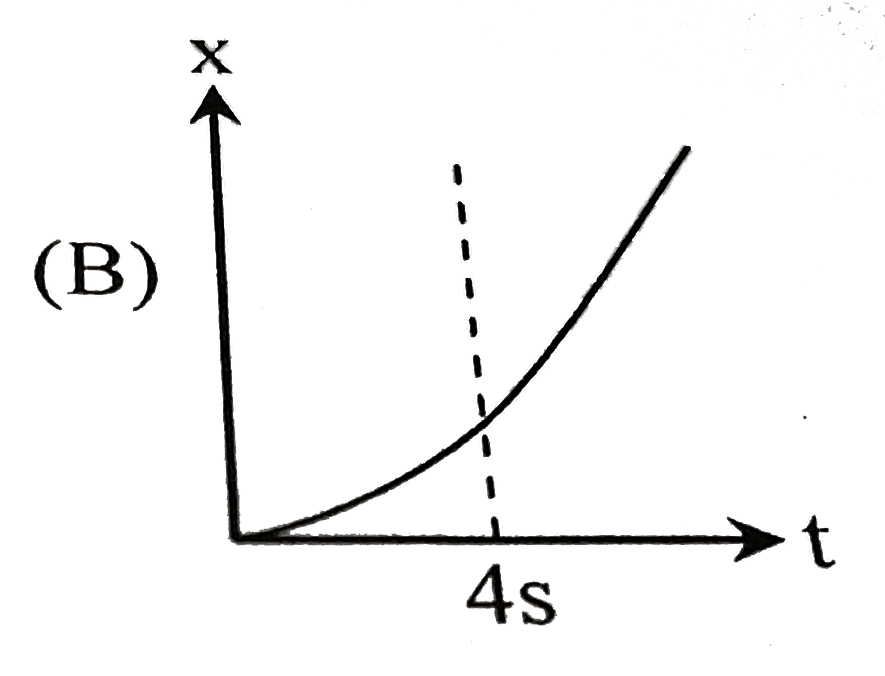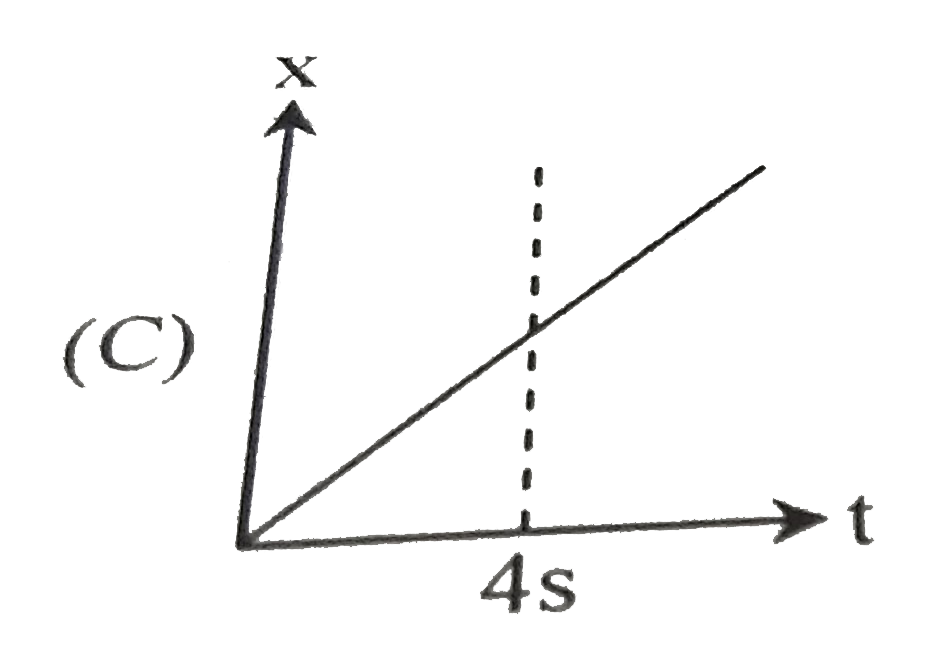An object will continue moving uniformly until
on it is increasing continuously
is at right angles to its rotation
on it is zero
on it begins to decrease
The correct Answer is:C
The body will continue accelerating until the resultant force acitn on the body becomes zero.
Topper's Solved these Questions
- BOOK - DISHA PUBLICATIONCHAPTER - LAWS OF MOTIONEXERCISE - Exercise-1: Concept Builder (Topicwise) (Topic 2: Momentum, Law of Conservation of Momentum and Impulse)15videos
LAWS OF MOTION
- BOOK - DISHA PUBLICATIONCHAPTER - LAWS OF MOTIONEXERCISE - Exercise-1: Concept Builder (Topicwise) (Topic 3: Equilibrium of Forces, Motion of Connected Bodies and Pulley )12videos
LAWS OF MOTION
- BOOK - DISHA PUBLICATIONCHAPTER - LAWS OF MOTIONEXERCISE - Exercise-2 : Concept Applicator30videos
LAWS OF MOTION
- BOOK - DISHA PUBLICATIONCHAPTER - JEE MAINS- 2019 (HELD ON :9TH APRIL 2019 (SHIFT-I))EXERCISE - QUESTIONS30videos
JEE MAINS- 2019 (HELD ON :9TH APRIL 2019 (SHIFT-I))
- BOOK - DISHA PUBLICATIONCHAPTER - MAGNETISM AND MATTEREXERCISE - EXERCISE-2:CONCEPT APPLICATOR31videos
MAGNETISM AND MATTER
Similar Questions
What is the nature of the distance time graph for an object moving uniformly along a straight long road ?
View SolutionFind the speed of two objects if ,when they move uniformly towards each other, they get 5 m closer in every second and when they move uniformly in the same direction with their original speed , they get 4m closer every 10s
View Solution
Knowledge Check
- Question 1 - Select One
An object will continue accelerating until
AThe resultant force on it begins to decreaseBThe velocity changes directionCThe resultant force on it is zeroDthe resultant force is at right angles to its direction of motion - Question 2 - Select One or More
An object while moving may not have .
Avariable speed but constant velocityBvariable velocity but constant speedCnon-zero acceleration but constant speedDnon - zero acceleration but constant velocity - Question 3 - Select One
An object at rest at the origin begins to move in the +x direction with a uniform acceleration of 1m/s2 for 4s and then it continues moving with a uniform velocity of 4 m/s in the same direction. The x-t graph for object's motion will be -
A B
B C
C D
D
A part of Newton's first law states that a body continuous to move uniformly in the absence of an external force appears contradictory Comment.
View SolutionAssertion : Linear momentum of a body changes even when it is moving uniformly in a circle.
Reason : Force required to move a body uniformly along a straight line is zero.View SolutionAssertion : Linear momentum of a body changes even when it is moving uniformly in a circle.
Reason : Force required to move a body uniformly along a straight line is zero.View SolutionWhat are the speeds of two objects if, when they move uniformly towards each other, they get 4 m closer in each second and when they move uniformly in the same direction with the original speeds, they get 4 m closer each 10 s?
View SolutionWhen an electron is moving uniformly, it produces
View Solution

